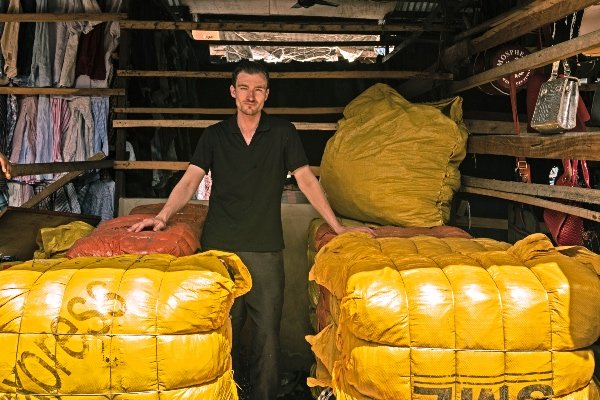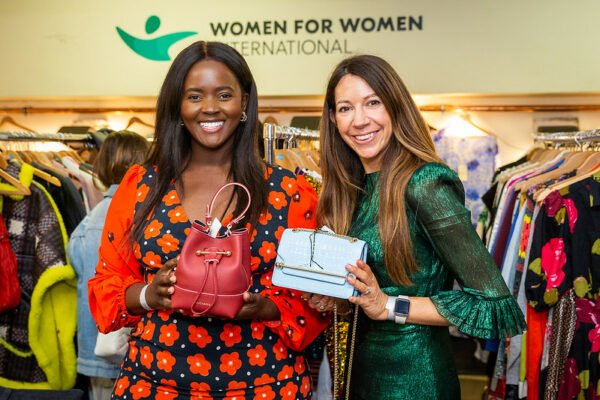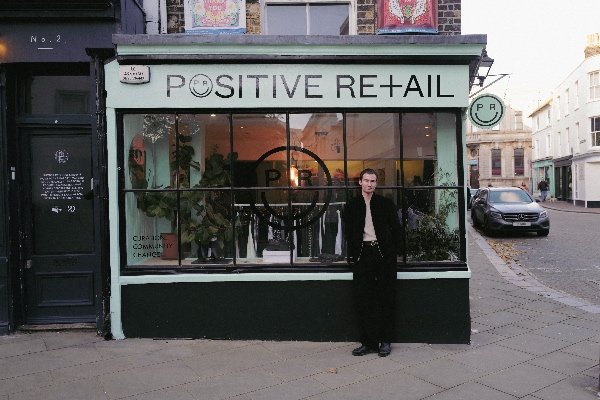Waste Colonialism
Charity shops are notoriously overwhelmed with fashion, and today’s low quality of clothing and fabric means many donations are unwanted.
The clothes could instead reach secondhand markets in other areas of the world, such as Kantamanto in Accra, Ghana.
In the past, when good-quality preloved clothing had plenty of life left, it helped communities like this to thrive.
But now that fashion is dominated by poly-based clothing, and the cycles of fast fashion are getting quicker, the quality has dropped so much that the clothes have no value in these communities.
In fact, it’s more realistic to say that these communities are now being used as a waste-management strategy.
Imagine swapping a designer cotton shirt for oil-based fast fashion. The outcome is that communities are having to deal with our clothing at the end of its life, which means piling up landfill, destroying land and biodiversity, polluting air and water sources and causing fires. It is known as Waste Colonialism.
The Or Foundation in Ghana has facilitated the Extended Producer Responsibility (EPR) and Stop Waste Colonialism campaign, to provide the Kantamanto community with the resources they deserve so they can adequately manage this dumping of waste into the ecosystems.
Beating plastic pollution
Plastic clothing sheds microfibres, which have been found in everything from drinking water to human blood.
When plastic clothing is dumped into communities that don’t have sufficient resources, it puts people and the planet at risk.
You can learn more and help support the EPR via The Or Foundation’s website and endorse the position paper at StopWasteColonialism.org.
Another way to beat plastic pollution is to switch to a circular textile economy, which brings us back to the initial point: stop buying new things to subscribe to good environmental causes, and change your habits instead.
Next time you find yourself in a store shopping or going through your current wardrobe, have a look at the fabric composition, see how much plastic is in your wardrobe and rethink what plastic pollution actually looks like.
 Play Video about This Rock Might Just Save The World
Play Video about This Rock Might Just Save The World Play Video about Play 2 hours of rock
Play Video about Play 2 hours of rock Play Video about Play 2 hours of brook
Play Video about Play 2 hours of brook Play Video about Play 2 hours of sheep
Play Video about Play 2 hours of sheep















































